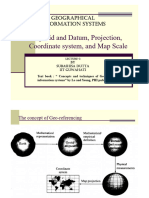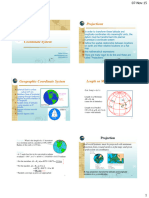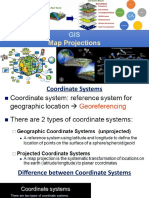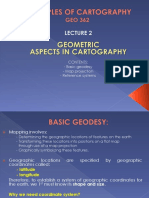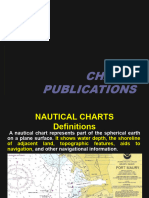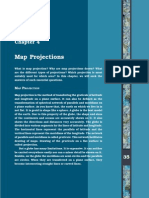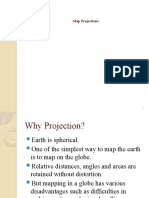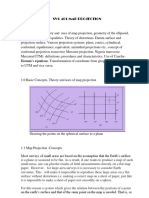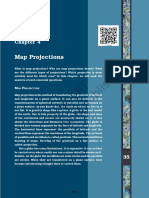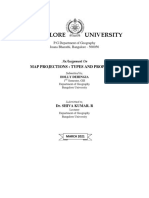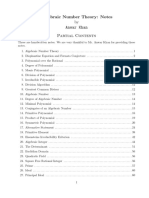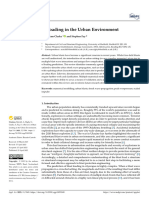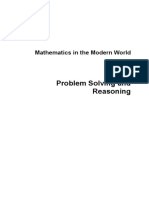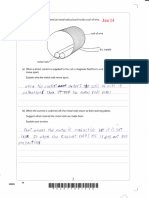0% found this document useful (0 votes)
112 views37 pagesMap Projections
Geography practical 5th sem
Uploaded by
gamerzones212Copyright
© © All Rights Reserved
We take content rights seriously. If you suspect this is your content, claim it here.
Available Formats
Download as PDF, TXT or read online on Scribd
0% found this document useful (0 votes)
112 views37 pagesMap Projections
Geography practical 5th sem
Uploaded by
gamerzones212Copyright
© © All Rights Reserved
We take content rights seriously. If you suspect this is your content, claim it here.
Available Formats
Download as PDF, TXT or read online on Scribd
/ 37

